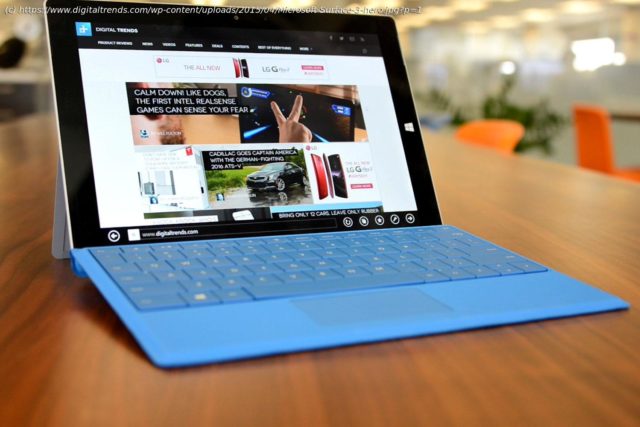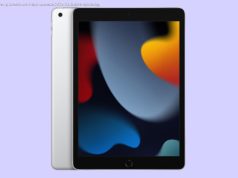It’s been a 10-year-long journey, but Windows on ARM is finally almost ready for prime time. But there’s still work for Microsoft to do.
Almost two years in, Apple is on the verge of completing its transition to ARM. It might surprise you to know, then, that Microsoft started its own journey to ARM chips long before Apple.
But Windows’ support for ARM has been far less smooth. There aren’t many more Windows devices with ARM chips than there were five years ago — and I can attest to having personally used every failed attempt along the way.
But in 2022, Microsoft’s slow but consistent progress is paying off. We haven’t arrive at the end of the transition — but it’s a new beginning. After using devices like the Lenovo’s ThinkPad X13s, I’m more convinced than ever that Windows on ARM has a bright future in the years ahead.
App support has been the biggest issue Microsoft has stumbled over with its embrace of ARM over the years. Because it works on a different system architecture, apps that have been designed for traditional x86 system won’t just work on ARM machines.
There are two solutions to the problem. The first is to recompiled apps for ARM, which requires convincing developers it’s worth the time and effort. With how few ARM-based Windows laptops are out there, that’s proven to be a difficult argument to make.
The other option is for the apps to be emulated, which can cause serious performance issues. Over the years, this chicken-or-egg problem has come back to haunt Microsoft time and time again — starting with the initial release of Windows 8 and the Surface RT.
Today, it’s almost become a non-issue. As tested on the ThinkPad X13s, you’ll be hard-pressed to find an app that doesn’t run as you’d expect it to. With Windows 11, 64-bit app-emulation was now included in Windows 11 right out of the box. Through the Windows Insider program, Microsoft has optimized plenty more of its apps for ARM, including the Edge web browser, Microsoft Teams, Visual Studio, and the popular tool PowerToys — all run natively without emulation.
On the third-party developer side, Microsoft is encouraging developers to code ARM apps with an incoming kit, Project Volterra. Toss in Android apps on Windows 11 that work great on ARM-based PCs, and you have a fairly healthy app ecosystem.
But it wasn’t always this way. In fact, app support has been a major problem since the very beginning.
Microsoft’s foray into the computing and PC side of the ARM space started well over 11 years ago. At CES 2011, Microsoft first detailed Windows on ARM and its plans to get the “next generation of Windows” to support systems on a chip (SoC.) Microsoft’s Steve Ballmer actually showcased Windows 7 running on ARM-based chips made by Qualcomm, Texas Instruments, and Nvidia.
Start
United States
USA — software After 10 years of headaches, I’m finally a believer in Windows on...






